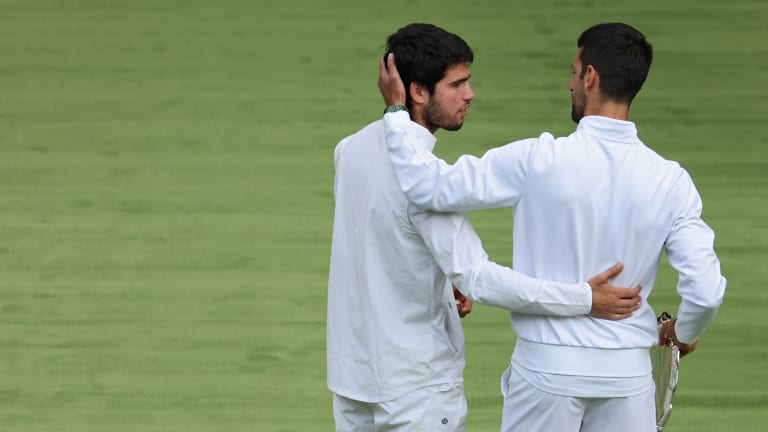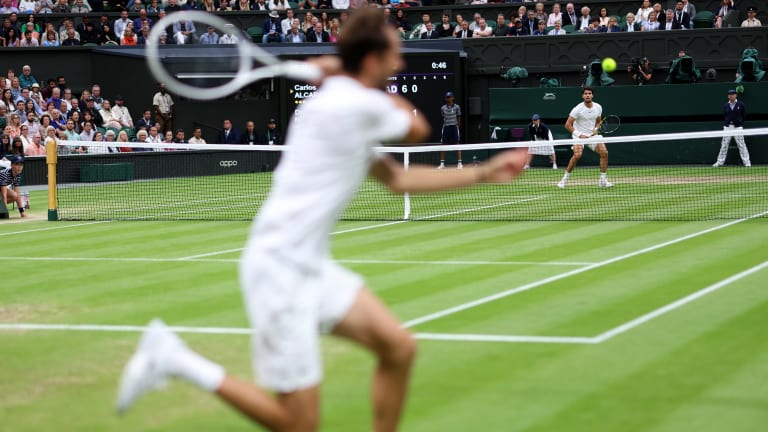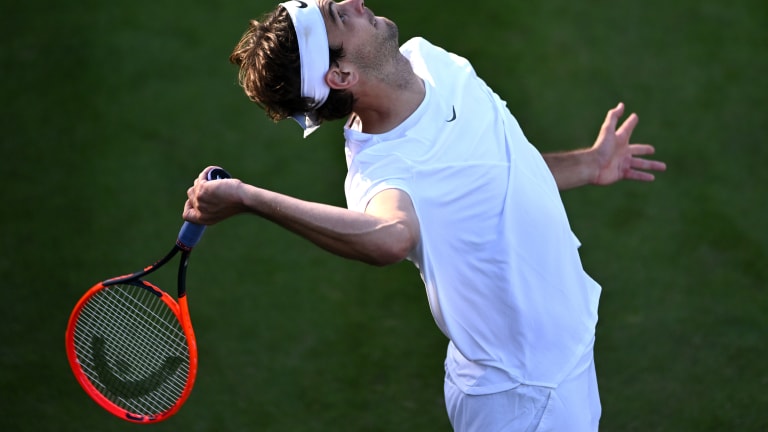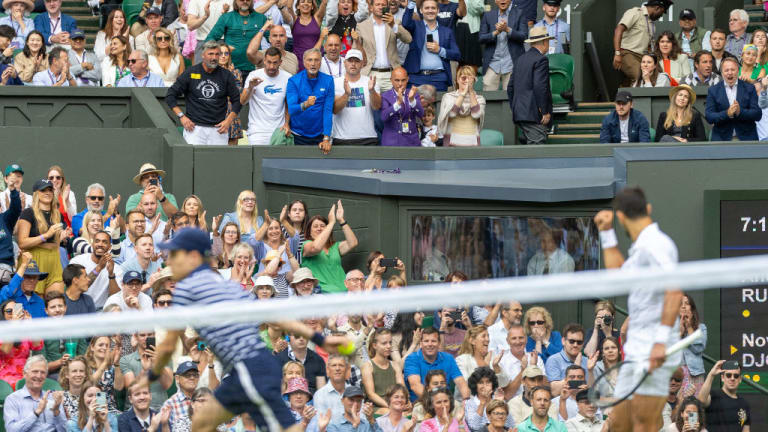Wimbledon
Can anyone stop Alcaraz or Djokovic? Four ATP takeaways from the Wimbledon fortnight
By Jul 17, 2023Wimbledon
Darren Cahill: Jannik Sinner watches more Carlos Alcaraz matches than he does with any other player
By Jul 14, 2025Wimbledon
Jannik Sinner reignites Carlos Alcaraz rivalry with Wimbledon victory
By Jul 14, 2025Wimbledon
Jannik Sinner reversed his usual pattern against Carlos Alcaraz. It won him Wimbledon
By Jul 14, 2025Wimbledon
Veronika Kudermetova and Elise Mertens win women's doubles title at Wimbledon
By Jul 13, 2025Wimbledon
Joy to the World: What Carlos Alcaraz has, and what we are enjoying
By Jul 13, 2025Wimbledon
Iga Swiatek keeps surprising herself after Wimbledon title caps "surreal" turnaround on grass
By Jul 12, 2025Wimbledon
Iga Swiatek wins first Wimbledon, sixth Grand Slam title with 6-0, 6-0 rout of Amanda Anisimova
By Jul 12, 2025Wimbledon
Wimbledon men's final preview: Will Carlos Alcaraz, Jannik Sinner share another epic?
By Jul 12, 2025Wimbledon
Julian Cash, Lloyd Glasspool become first all-British pair to win Wimbledon men's doubles title since 1936
By Jul 12, 2025Can anyone stop Alcaraz or Djokovic? Four ATP takeaways from the Wimbledon fortnight
Plus: What’s going on with the American men, and how is mid-match coaching working?
Published Jul 17, 2023
Advertising

The Big Three has given way a clear Top 2.
© Getty Images
Advertising

Daniil Medvedev, returning too far behind the baseline against Alcaraz.
© Getty Images
Advertising
Advertising

Taylor Fritz has had a forgettable run at the majors since reaching the 2022 Wimbledon quarterfinals.
© Getty Images
Advertising
Advertising

Djokovic and his coaching box are always in communication—for better or worse.
© Corbis via Getty Images